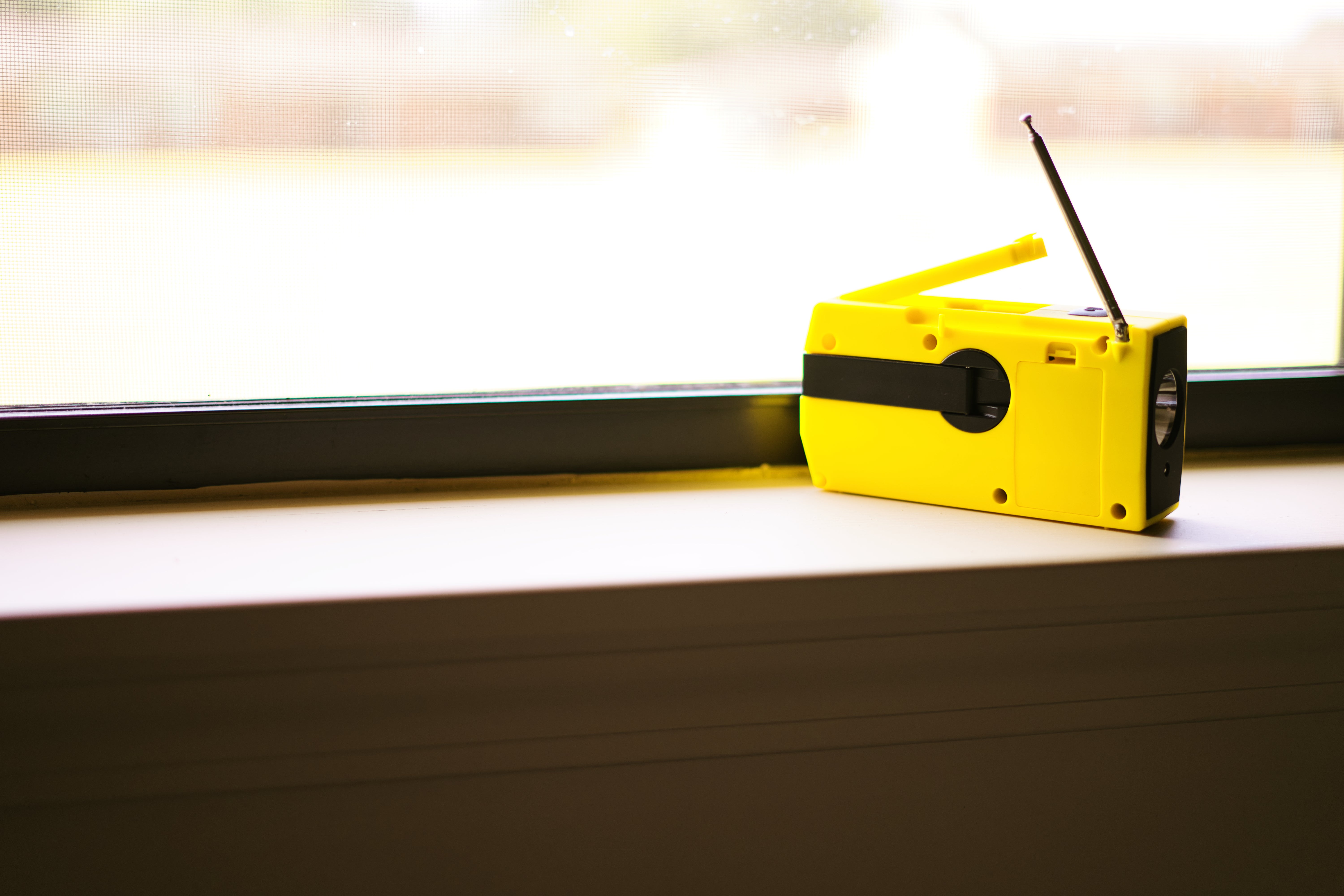
When you live in Tornado Alley, you get used to the school drills, the periodic testing of the sirens, and storms that knock over trees and flood roadways. A face you know above all others is the broadcast meteorologist, who tells you routinely about tornado watches, and occasionally tornado warnings. When tornadoes materialize, this feature of our everyday existence becomes horribly, surprisingly real.
As I followed the news recently in Kentucky and Tennessee, I was dumbstruck. Severe storms are becoming more frequent, and more destructive. And even though, as a journalist, and a Texan, I’ve witnessed tornado destruction many times in my life, it’s still hard to wrap your head around the images of rubble, the overturned cars, and trees, and buildings torn to shreds next to ones barely touched. It’s been hard to fathom the number of lives lost in one weekend, in part because these storms came in the night, in December, when tornadoes are rare, and many people were asleep.
We live in the era of information; we can get weather alerts from Twitter, our smartphones and television. But it isn’t enough; as severe weather becomes more common, every American, rural, urban, or suburban, should consider getting a NOAA weather radio receiver, otherwise known as a weather radio.
These receivers broadcast constant weather alerts 24 hours per day from the National Weather Service over a band of radio frequencies used for public service. Most have volume controls so you can leave them on. They work off local towers, so depending on where you live, you can get info for many counties, or maybe just one or two. Many work off backup batteries when the power goes out.
Nothing is fail-safe, but I can’t help but think of people whose televisions were off, whose smartphones were turned down, who maybe had a minute or two, when and if sirens went off, to barricade themselves. Weather radios are simple and effective, and they can save lives. They’ve undoubtedly helped ours.
Two years ago, in October, we were having a fairly typical night of Texas thunderstorms. My house was quiet. The television was off, and I was reading a book. It was dark out. Our radio is a little white box with a giant antenna that I have programmed to our area. I keep it on all the time and just turn it up when the weather looks bad, so, that night it had been going off, the jarring honks followed by severe thunderstorm warnings and tornado watch alerts. Then the tornado watches became warnings. Then, a warning became a tornado on the ground, in the middle of my city of millions of people.
I was already yelling at my family to hustle and shuttling them into our closet when my phone went off, when the sirens went off. For a brief few minutes, the tornado was approaching the highway that bisects my city north-south and was heading directly toward our part of town. I had plugged the radio into a nearby outlet, hoping that the batteries were fresh enough in case the power went out. We watched and listened from the closet, and as the twister shifted directions and headed northeast, we sat still for a while longer, listening to the radio and checking our phones. Had the power gone out, had a cell tower been snapped, that radio could have been the only thing keeping us informed.
Miraculously, no one was killed in that storm, despite numerous tornadoes touching down and nearly $2 billion in estimated damages.
Last year, we had a string of thunderstorms that were again, nothing out of the ordinary for Texas. The radio hollered at me that the storms were coming up northeast through the part of the county where my dad works, and the time they would hit his business was about when he would be heading home. I called him, and told him to stay put, and he did, as reports of highway flooding and closed roads came in shortly thereafter. It took him forever to get home that night. But he did. Safely.
And it’s not just tornadoes and thunderstorms. In February, during the freak snowstorm that pummeled North Texas, I had the radio on, curious what was happening in nearby counties as inches of snow fell in a part of the U.S. that hardly ever sees it. The power went out all over our region, down into Austin, and areas surrounding. When I checked in with friends, a few told me they had their radios on, their blankets out, and they were hunkering down for what was going to be a miserable week for much of Texas.
These radios are helpful everywhere. When I lived in Boston, my weather radio warned me of severe snow long before the distinctive voice of Marty Walsh, the city’s former mayor and current secretary of labor, graced my cell phone in warning. We weren’t in any real danger, but again, it was nice to know that had the power gone out, we had a source of information as the sky dumped feet of snow on our city. I can only imagine how important a radio would be to people living in the more suburban and rural parts of Massachusetts.
Our alert systems are too slow and need to be updated; this is the refrain I’ve been hearing from meteorologists since the deadly weekend. Earlier predictions and better storm tracking could have saved more lives in Kentucky. But with reports that workers in an Amazon warehouse weren’t allowed to have phones, and of people dying in their sleep or going missing for days, a simple gift to yourself and your family this holiday season—regardless of where you live—ought to be a weather radio.
